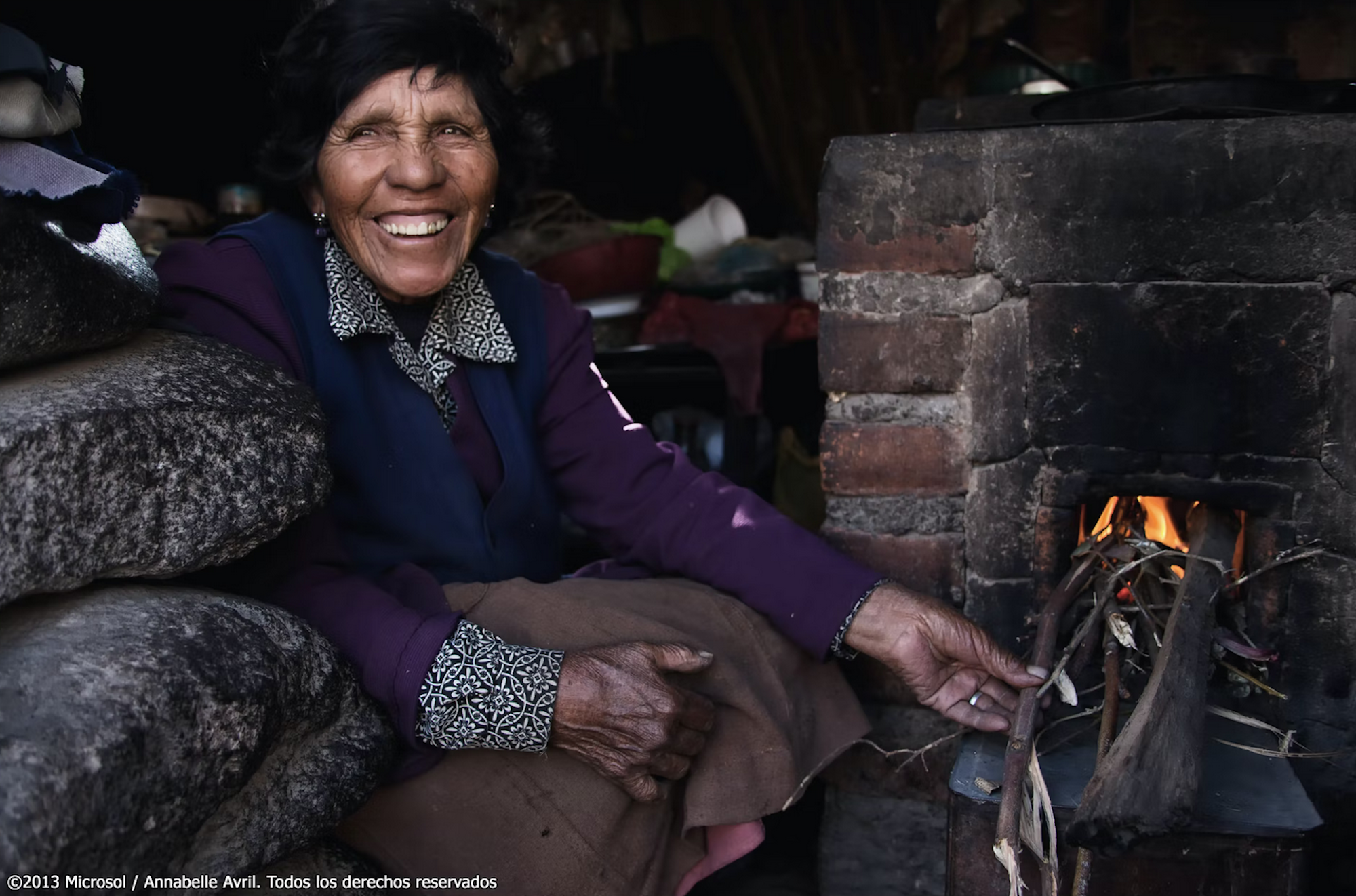Qori Q’oncha’s cookstoves
Protect forests and improve the lives of rural peruvian communities while fighting climate change
Climate impact
Reduction
Solution
Energy
Location
Peru
Evaluation
Gold Standard

ABOUT
Learn more about the
project
It’s amazing how something as simple as a cookstove can transform lives and tackle climate change at once.
Nearly a third of people living in rural areas of Peru (around 2.4 million families) still use an open fire or traditional stove to prepare food. These fires need wood or biomass for fuel. This means cutting down trees and emitting smoke and toxic gasses that can cause serious respiratory illness.
Qori Q’oncha distributes cookstoves that use less biomass energy, emit less CO2, and are cheaper to run. And, because the fumes get released up a chimney, they’re much better for people’s health. But it doesn’t stop at the environmental and health benefits. The cookstoves are made by local people using local materials, providing them with a livelihood and boosting the local economy.
Since the beginning of the program, nearly 150,000 cookstoves have been installed in the homes of more than 600,000 people. These cookstoves radically reduce the amount of trees being cut in the area, and save a total of 1.9 million tCO2e.
Your contribution will be spent on keeping the project running over time, including monitoring, maintenance, and getting more families into the program.
Microsol
ASSESSMENT
Everything about this project at a glance.
Climate impact
Reduction
How to read this
Our atmosphere is like a bathtub, which we have been filling for decades with greenhouse gasses. Each ton of CO2e in the tub increases the global temperature and affects the climate.
In order to prevent our bathtub from spilling - which would mean reaching a +2°C temperature increase - 3 types of actions exist:
●
Reduction: These projects reduce emissions, closing the tap and slowing down the filling of the tub (e.g. switching to more efficient fuels)
●
Avoidance: These projects preventing future emissions, stopping a new tap from being opened (e.g. protecting forests and peatlands so that they don’t start releasing CO2)
●
Removal: These projects remove and capture greenhouse gasses, emptying the bathtub (e.g. reforestation and direct air capture technology)
Solution
Energy
How to read this
Solutions are different ways we can reduce, avoid and remove our emissions. They vary in terms of cost, level of maturity, potential to scale, and other factors. To make comparisons easier, Sweep groups solutions into categories such as Forests, Geoengineering or Buildings. Climate solutions are numerous: to learn more about what can be done, explore our catalog.
Location
Peru
How to read this
Solutions can be deployed in a large range of locations, from a micro-regions to entire sections of a continent. You might want to focus your contributions on specific areas to maximize local socioeconomic impacts or contribute where your activities are based.
Evaluation
Certified • Gold Standard
How to read this
Various international and regional standards rely on established methodologies, dedicated processes and third-party verifications to guarantee that a project delivers on its promises.
●
Certified: Standards, such as Gold Standard or Verra, are listed for maximal transparency
●
Not certified yet: The process to be certified is expensive and cumbersome, and ad-hoc methodologies might not exist for specific projects, preventing them from being certified. Sweep promotes other projects after a necessary due diligence, bringing more projects to a wider audience while also offering opportunities to develop and tailor new projects according to your own needs.
Capacity
700kt
How to read this
Capacity is the projected volume of tCO2e reduced or removed during the crediting period. This indicates the projected net impact of a project after adjusting for potential negative impacts and other externalities. This is key to assessing the current scale of a project and can give a quick estimate of what the considered volumes represent at the project scale.
Capacity does not reflect the available quantity of credits as some of them can already be sold.
Crediting Period
2017 - 2022
How to read this
Certified projects are eligible to generate carbon credits over a certain period of time. This crediting period gives a good estimate of the progress of a project.
●
Older crediting periods means that projects have delivered their promises and that third-party auditors have recognized the climate impact
●
Crediting periods covering coming years may have already been audited for a fraction of the volumes. The rest will be generated along future audits.
Co-benefits
7 SDGs
7 SDGs
SDG 1: No Poverty
412,703 members of vulnerable communities benefited
SDG 3: Good Health and Well-being
100% of beneficiaries say respiratory diseases and burns occur less often or not at all since the ICS implementation
SDG 4: Quality Education
98% of beneficiaries participated to capacity-building activities about the use and the benefits of their ICS
SDG 7: Affordable and Clean Energy
97,988 improved cookstoves installed
SDG 8: Decent Work and Economic Growth
12 permanent jobs created by the implementation of the programme
SDG 15: Life On Land
264,780 tonnes of firewood saved by the programme
How to read this
Projects often have positive side effects beyond reducing, removing, or avoiding emissions. For example, projects might reduce waste, protect biodiversity, or support indigenous people. These co-benefits are modelled after the UN Sustainable Development Goals (UN SDGs).
Durability
N/A
How to read this
Durability only applies to to removal solutions. It indicates for how long the carbon will be removed from the atmosphere - the longer this is the more desirable. For example, storing carbon as mineral underground is more durable than in a tree, making it a less risky and longer term solution.
Financial additionality
High
How to read this
Additionality reveals the impact of your financial support. It indicates what percentage of the global project budget is coming from contributions.
●
High additionality means most of the project revenue relies on contributions, and they would likely not be able to happen without this financing.
●
Low additionality projects are less reliant on contributions.
●
Other additionality criteria, such as policy or regulatory additionality, are tackled through certifications and not assessed here
Barriers
Medium
The total project barrier score is available when all types of barrier are provided. It is a composite score based on the 5 barriers assessed.
Technical
Financial
Social
Political
Economical
In Peru a high number of families are used to cook with traditional stoves and there are strong cultural significations related to this. Crafting and distributing cookstoves need an important change of practices that needs to be helped by carbon revenues as the cost would be too important for Peruvian families.
How to read this
Barriers are the different hurdles a project might need to overcome. Barriers can give you a sense for the challenges a project faces, but also how it can add deeper value and create change. We differentiate five types of barriers: economic, social, institutional, technical and financial.
Create your portfolio to get started
Our carbon team will help you tailor your portfolio based on your preferences.
Track, report and act
Sweep helps you get your carbon on-track
Sign up to The Cleanup, our monthly climate newsletter

© Sweep 2023